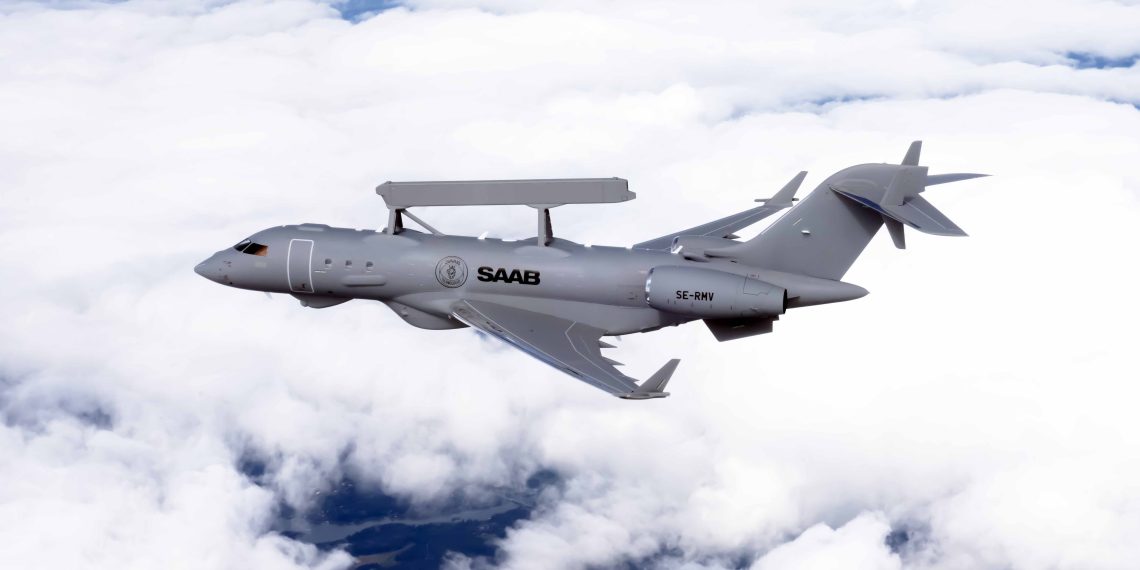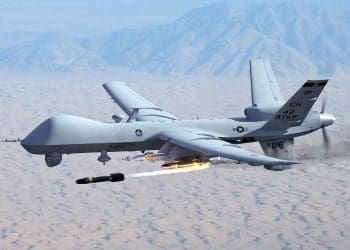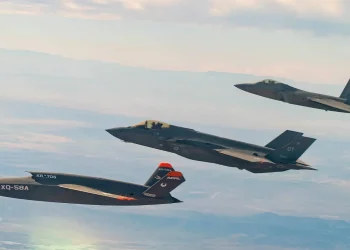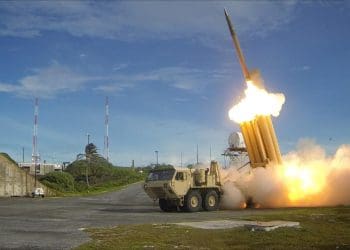In a strategic move to secure its position in South Korea’s highly competitive Airborne Early Warning and Control (AEW&C) aircraft competition, Saab has entered into a cooperative agreement with Korea Aerospace Industries (KAI). The Swedish defense firm is vying to provide Seoul with its cutting-edge GlobalEye AEW&C platform, a multi-domain system designed for advanced surveillance and control capabilities.
The partnership was solidified during a recent defense expo in South Korea, marking an essential collaboration that could enhance Saab’s chances of winning the bid. If successful, Saab will transfer critical technology and expertise to KAI, allowing the Korean firm to modify and maintain GlobalEye aircraft domestically. This agreement includes airframe and aerodynamic modifications, system installation, testing, and integration—skills that will enable KAI to independently manage future modifications and repairs of the AEW&C platform.
“This arrangement will include technology transfer to build-up knowledge and capability not only for the modification of GlobalEye but also for potential follow-on AEW&C needs in Korea,” Saab stated.
South Korea’s AEW&C Competition
The deal is part of Saab’s broader strategy to compete in South Korea’s AEW&C program, which aims to bolster the Republic of Korea Air Force’s air defense capabilities. The Defense Acquisition Program Administration (DAPA) released a request for proposals in November 2023 for a new AEW&C solution, with a budget of up to $2.26 billion for four aircraft.
Saab’s GlobalEye is up against strong competitors, including Boeing’s E-7 Wedgetail, known for its superior scanning and communication abilities, and L3Harris Technologies’ Phoenix solution, which is based on the Global 6500 and integrates advanced radar and artificial intelligence technologies. L3Harris, like Saab, has formed alliances with local Korean firms to strengthen its bid, including partnerships with Korean Air and LIG Nex1.
Saab’s GlobalEye Advantage
Saab’s GlobalEye is a formidable contender, equipped with the Erieye S-band radar, which allows for continuous surveillance of air, sea, and ground domains. The aircraft features a spacious cabin with up to seven command-and-control workstations, offering enhanced operational capabilities. With a mission endurance of 11 hours and a maximum altitude of 35,000 feet, GlobalEye boasts superior performance in terms of availability, mission duration, and operational costs compared to its competitors.
By teaming up with KAI, Saab has bolstered its bid, ensuring that South Korea would have long-term capabilities to manage and sustain the advanced AEW&C platform. This partnership not only enhances Saab’s competitiveness in the immediate AEW&C program but also positions KAI as a key player in the region’s future aerospace development.
As South Korea moves forward in its decision-making process, the Saab-KAI collaboration highlights the growing importance of local industry partnerships in major defense acquisitions.










